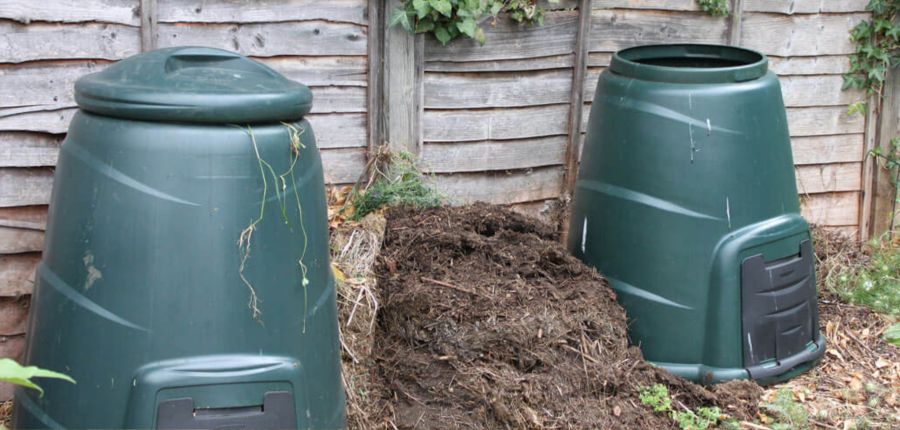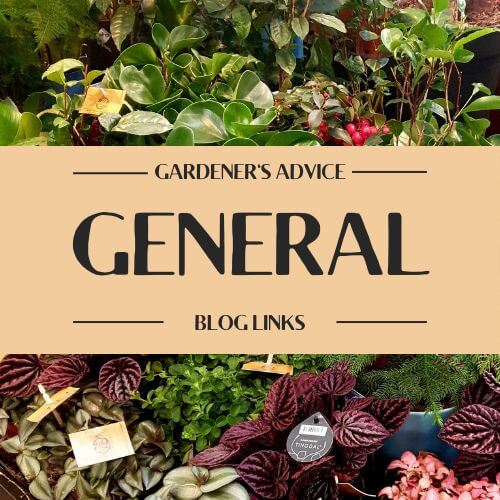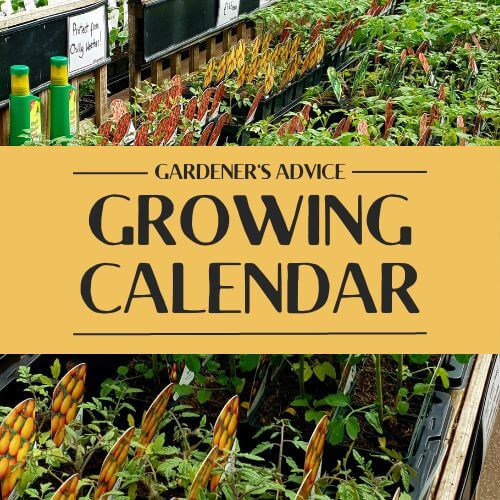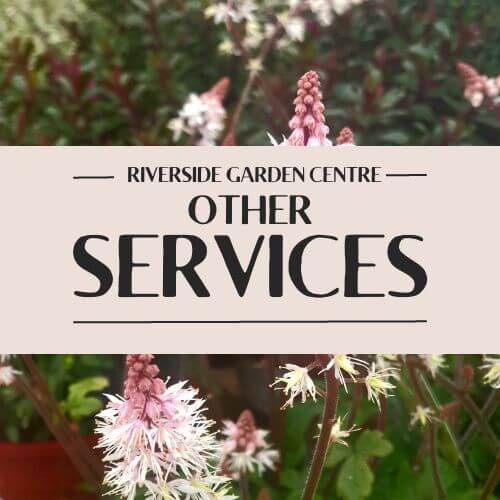Making compost
Posted By: rocket veg Category: Compost, Growing VegIn case it’s passed you by, it’s International Compost Awareness Week! Making compost is an integral part of gardening, at home and on allotments. Not only does a compost bin provide a convenient spot to dispose of all green waste, but a well-made compost heap will turn the waste into fantastic organic matter to enrich and improve soil structure, giving your plants a boost in the process.
How to make a compost container
Purpose made containers in which to create compost come in all shapes and sizes. There are numerous styles on the market to suit most locations, especially if space is restricted in your garden.
I have recently rebuilt the compost containers on my allotment as the old ones, which I made over ten years ago from a configuration of wooden pallets, finally rotted through, spilling the valuable contents onto the path and surrounding area. My latest containers – three in number – are made from sheets of corrugated tin, screwed to sturdy, treated timber fence posts, and should last for many years I hope. If you have the space, two containers work well – one, ‘active’ into which new organic matter is added; the second, covered and dormant to give the worms and micro-organisms time to work their magic. (In case you wonder, my third bin holds manure which is in the process of rotting down.)
Ingredients to make perfect compost
Much has been written about the science of creating compost, so I don’t intend repeating any of it here – enough to say that good organic compost requires a balanced mix of ‘green’ and ‘brown’ ingredients which should be covered to retain warmth and a certain amount of moisture to encourage the rotting process.
When starting a new compost heap, I begin with a layer of woody prunings, brassica stems and the like which won’t rot readily and will help air to circulate under the heap as it grows. I then add organic waste when it becomes available. As the name indicates, green matter includes weeds and dead plants, prunings of soft stems, grass cuttings – as well as kitchen waste (vegetable peelings, tea bags, coffee grounds, egg shells etc). Brown ingredients include newspaper or cardboard, straw and dead leaves, all of which will create spaces to improve air flow. Whatever you put into your compost container, the secret is to create a good mix, rather than dense layers. If the heap looks very dry and develops a grey layer on the surface, add a sprinkling of rainwater.
If you can, give your compost heap a bit of a boost with a layer of comfrey leaves and stems - comfrey being the best of all compost ‘accelerants’. Grass cuttings will also help to speed up the rotting process but only if mixed in: left in a thick layer, grass will exclude much needed air from the compost heap, forming a sticky, smelly mass. Discarded bedding and the sweepings from the cages of pets (eg guinea pigs, hamsters, rabbits) will also help break the process. Some people go to great lengths to turn their compost with a digging fork in order to speed things up, and there are plastic compost containers on the market which are held in a metal frame and can be rotated from time to time.
What not to add to a compost heap
No meat or dairy products, cooked food (rats love it!) or dog/cat poo. Add pernicious weeds (bindweed, couch grass, buttercup) with caution as your heap may not build up enough heat to destroy the roots and break them down.
When is compost ready to use?
With the right mix of ingredients and some rigorous turning with a fork to improve airflow, perfect compost can be made in as little as two months, but a year is a more realistic timescale. I have a full-size allotment plot and usually find that it takes a complete season to fill one my containers, by which time the other is ready to be emptied. Uncovering the dormant heap and inspecting at the top will give you some idea of how ready the compost really is, although the well-rotted compost – friable, earthy-smelling, deep brown in colour and full of happy, fat worms – will be found lower down. As I dig out my heap and wheelbarrow the wonderful compost to where it is needed, I pick out any twiggy bits and simply add these to the new heap.







